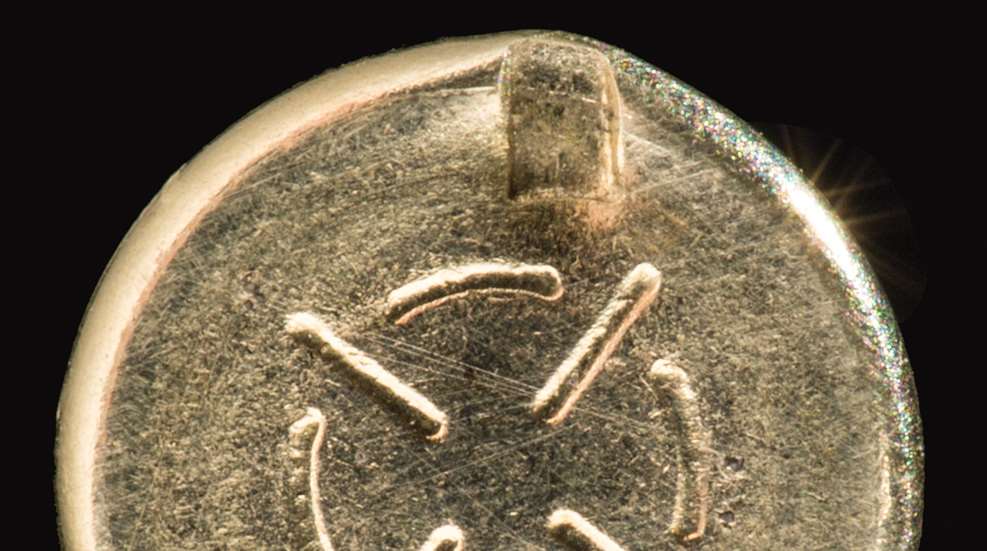
Many competitors and shooters in general will spend serious money on their guns and gear, but less on their ammunition. For serious shooters and top competitors however, the right ammunition gets a lot of respect—the right ammunition means winning. Let’s take a non-technical look at this hugely important, yet highly esoteric, question.
As a civilian service rifle competitor in 1979 at Camp Perry, a guest of the Marine and Army Teams, I remember going into the U.S. Marine Corps Rifle Team support trailer: a 45-foot trailer packed with everything, including full gunsmith capabilities and reloading gear. The military support was for their team members, but they would also service civilian’s military type firearms for free—they even did some tweaking to my M1A.
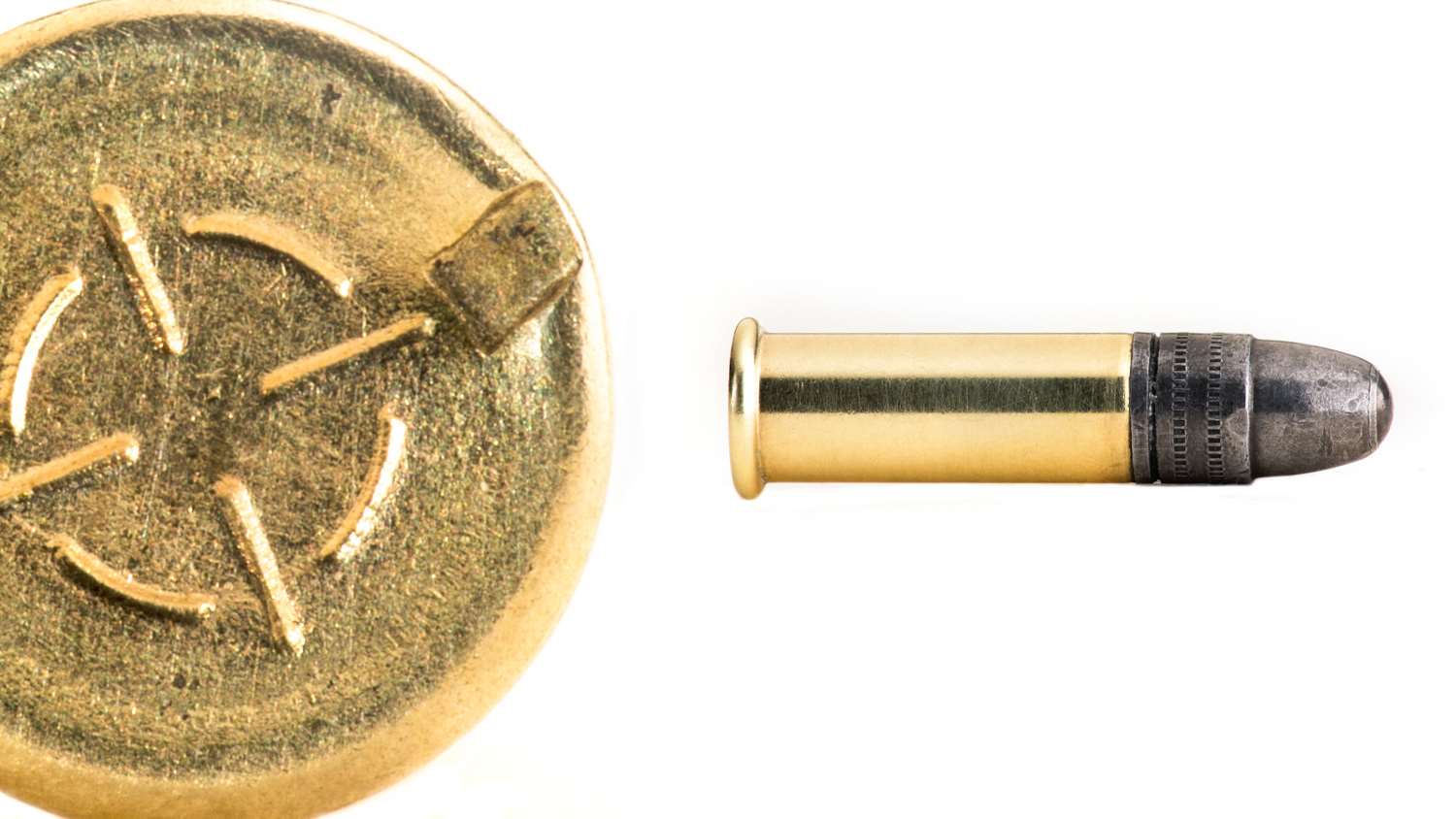
In the trailer, there was a team support sergeant loading .300 Win. Mag. rounds for the Marine team 1000-yard matches. He had a scale of superb quality, and was dutifully adjusting each powder charge with a cotton swab! If the charge was even a fraction of a grain heavy, he would remove individual powder grains with the swab, one at a time, until it was perfect; if the charge was too light, he would add a single grain at a time until the same result was achieved. This seemed like an extremely tedious duty to me.
Now I am pretty sure there is no .300 Win. Mag. in the world that can tell a one or two powder grain difference, but this was and still is the attention to detail our entire military adheres to—what a boring pain it must have been, to do that for the couple thousand rounds required by the shooting team for sighting in and match work.
Then we have the opposite. I have a buddy (yes, I actually have more than one), who shoots a ton in competition. He travels all over to other states, spends big bucks on gear, entry fees, and travel, to compete in centerfire, black powder cartridge, cowboy, and rimfire silhouette rifle. He will work hours on the centerfire loads he uses both in testing and final competition runs. For some reason however, he will simply buy the discount stuff for his rimfire competitions—and thus gets stomped into the mud in rimfire matches, despite doing well in black powder and cowboy silhouette matches.
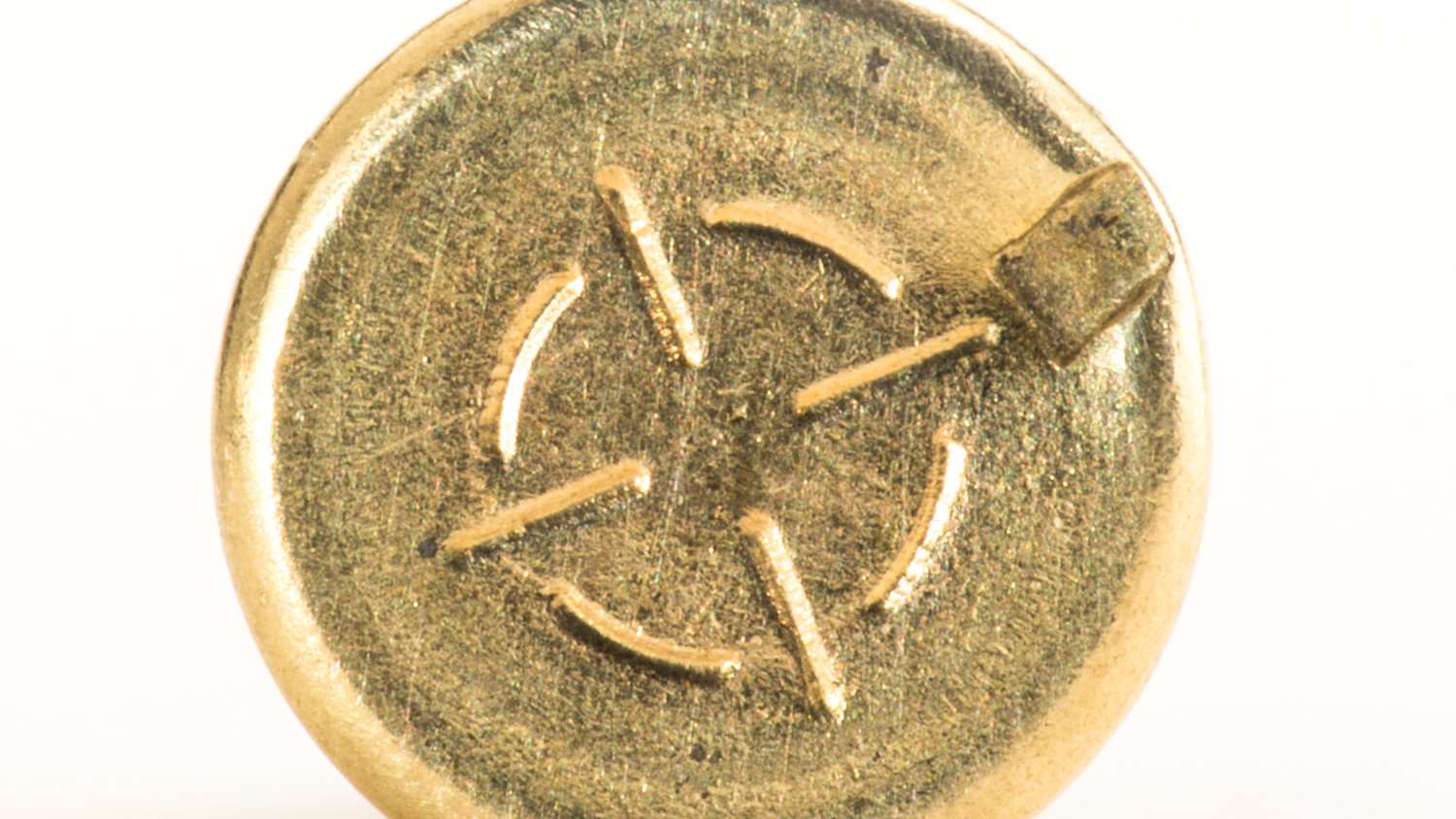
In the 1980s, Coors put on incredibly popular Schutzenfest rifle matches yearly in Golden, CO. There was a guy who won the top award (part of it a really expensive black powder rifle) every year. This guy from Nevada would actually wear out a rifle doing dry fire and live fire training, but he and a few others like him would tailor their black powder cartridge ammunition for the particular day and conditions, by handloading right at the match. He would take particular care in using the right lube for specific temperature and conditions on each bullet. This attention to detail and practice paid off for him, with everyone at those matches essentially competing for second place every year.
Compared to black powder and modern centerfire ammunition, rimfire ammunition just does not get much respect, except with super shooters. Why is this? First, it is incredibly expensive to purchase some brands of high power match ammunition, even though it may shoot lights out! So centerfire ammunition gets the careful handloader component pick and assembly attention that rimfire does not rate—except with the top shooters, who are very particular about their rimfire ammunition.
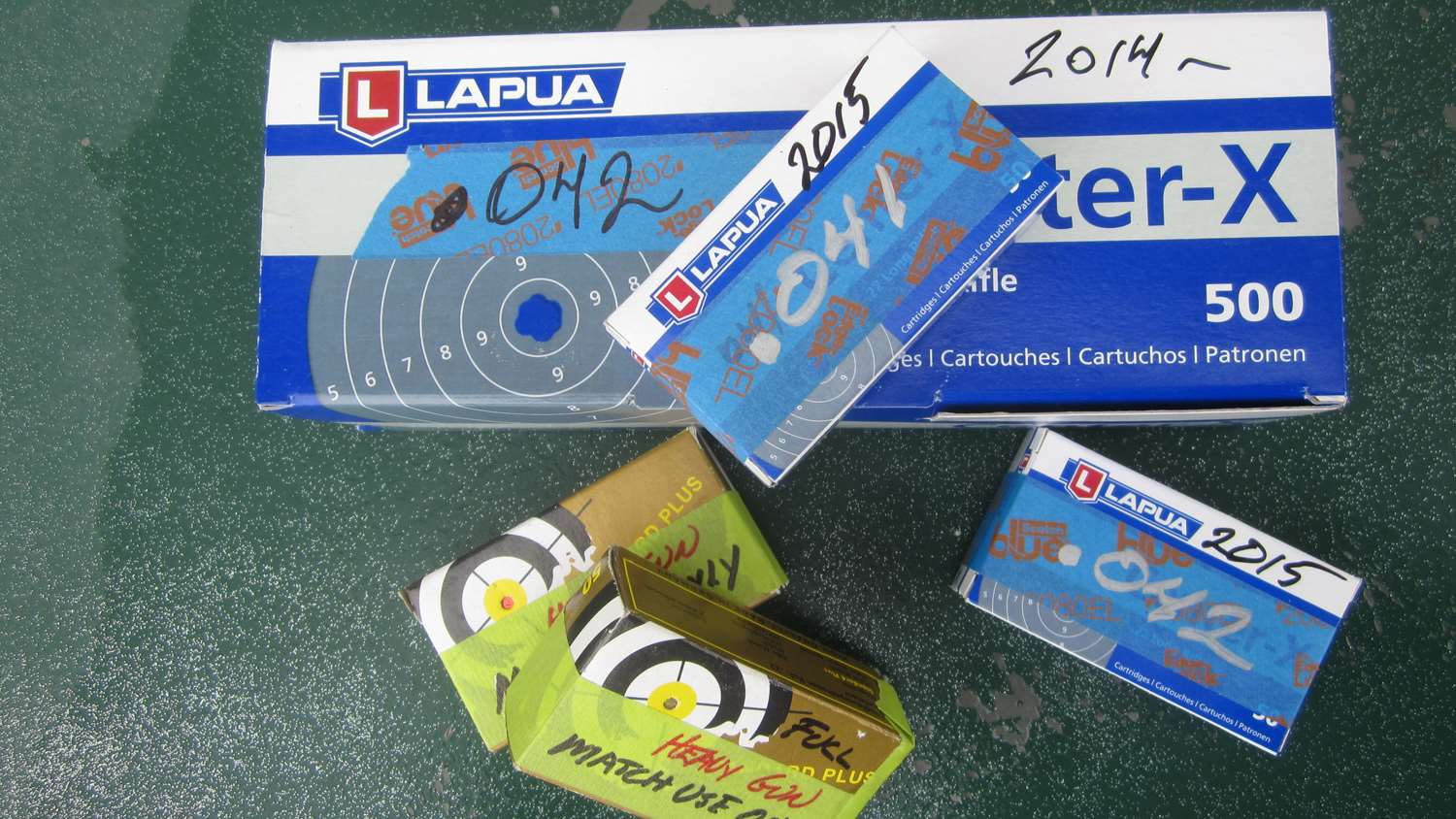
Some brands of Finn (Finland), English and German ammunition make top level rimfire that run $25 or more for a box of fifty. That means each little “insignificant” .22 LR round costs about 50 cents and up. The conventional thinking is, why the heck would I pay that for a .22 LR round? Yet the same competitor may spend up to a dollar or more, not even counting the value of their time, handloading a round of centerfire rifle match ammo for a competition that is of equal value and prestige to the rimfire match in which they use junk ammo. What’s the difference?
As with conventional centerfire sporting ammunition and centerfire competition ammunition, there is a large price difference between the good stuff and the bad. This too applies to rimfire, in fact maybe more so. Going from a $2 a box of dirt killer .22 LR, to a $15-$25 box of rimfire match ammo is not viewed as smart by most of us—but it is by top winners. The more costly ammunition is the best financial bargain in this mix of guns, gear, entry fees, travel, time away etc.—assuming the particular rifle likes it of course.
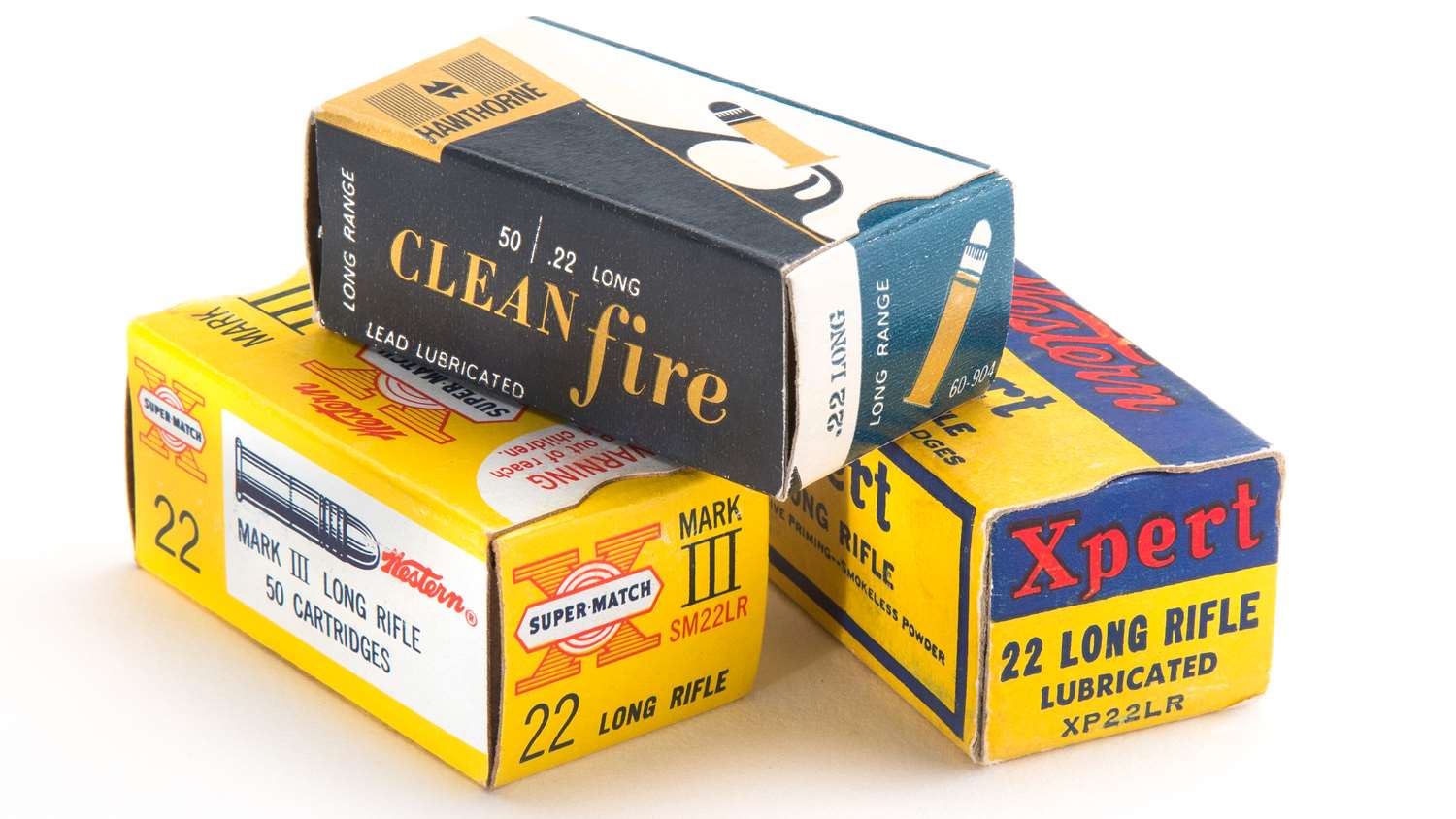
About 1984 or so I remember going into a Target big box store (interesting name coincidence) and buying a brick of 500 standard velocity .22 LR hunting/plinking ammunition for about $5—just to go out and kill some dirt. But I ran some through my silhouette match rifle for fun and it was simply incredible. Get ready for the accusations of jive liar—in decent weather I could keep this stuff under ½-inch all day long at 100 yards, and at times I would get ¼-inch for five shots from my Remington 40X. Upon discovering this, I looked at the lot number and got back to that store the same day, and bought the remaining four bricks of that lot number.
Then I went to other Targets in the hopes of getting more—but that was it. I called the factory to see if they had more of that lot—nope. At the time, I was also training a major city SWAT team and let their snipers try this from my rifle, since I knew how it shot and I could evaluate them better; they too kept it under ½-inch, with their top sniper matching my once in a while ¼-inch groups. So much for my “superior” bragging. I have to this day never figured out that ammo, but I did set a state silhouette record with it that lasted for about 30 years. This goes to show that in some guns, low cost ammo will outperform the big buck stuff. So while we may stress match ammo in this article, anything herein could apply to some rare but outstanding conventional ammunition—it happens.
When I was competing I did a huge amount of dry firing. It wasn’t much fun, but it was cheaper, and delivered better training than live fire practice. When I practiced with live ammunition, and I did a lot, I would use the same or similar ammunition to what I would use in a match. I figured why practice with junk—that sure won’t help my confidence—instead of actually firing and evaluating my shot for a match. You have to hit the targets in practice right where you want to hit them in competition, or there is no learning curve.
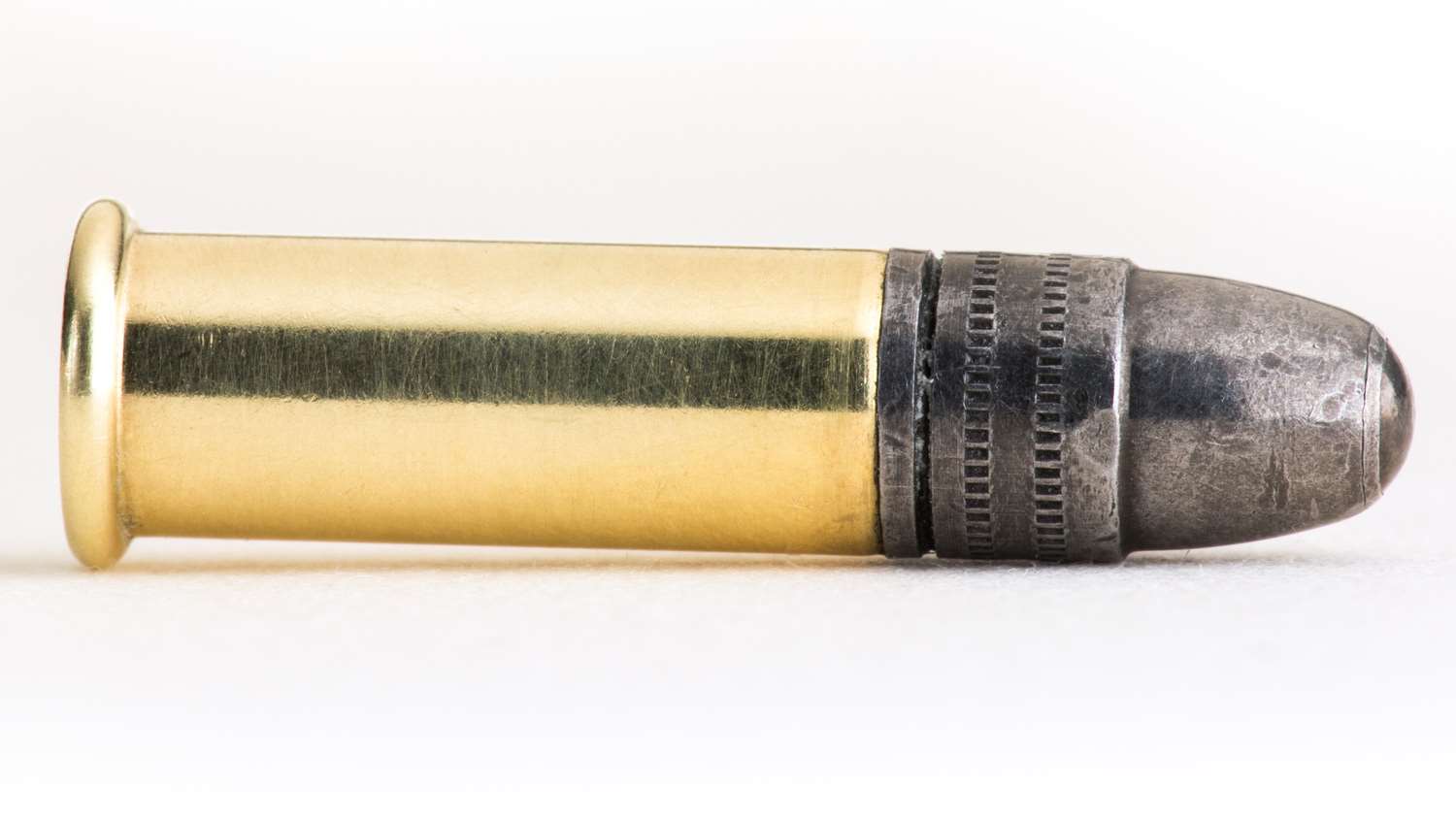
Back in those days, I used R50 ammunition in my (at the time) national record-setting “hunting class” rifle. This little old tight chambered Remington 541 shot “lights out” (and still does). A couple years ago, after not competing for nearly 20 years, I practiced, worked my rear off, and got a little coaching from my buddy, the late Lones Wigger, bless his heart. I had to get reclassified, but I lucked out and won my class at nationals. The same little 541 did it for me just like it did in the 1980s, when super good match ammo was a “whopping” $8 a box! [Editor’s note: Read Jim’s previous article: "Reclassifying is Not Sandbagging"]
So what does all this mean? It means that for competitive rimfire shooters, as with high power shooters, you have to step up to the stuff that works best in your gun. Most of us can shoot decently from the bench, and that is the place to test rimfire for accuracy. For most of us mortals testing rimfire, I suggest that we seek a gun and ammunition mix that puts 5-shots into a ½ inch circle at 50 meters, if we do our job in good conditions.
[Read "A Few Techniques About Sighting-In Your Rifle"] The real test comes at 100 meters, though for rimfire, you must really know how to shoot in the particular wind and mirage conditions to pass it. Despite this, I still like my 100-meter stuff to shoot ¾-inch or better in five-shot groups.
When I was into silhouette shooting in the 1980s into the early 1990s, I would take my match ammo and further “qualify” it by running each round through a Neil Jones rim thickness gauge. For national championships I would take that best ammo in terms of rim thickness, and would check each round again with a purpose-built Peacock dial indicator (more time consuming, and be careful NOT to remove the bullet lube with your hands). This last step is pretty much psychotic to tell the truth, but I knew the super shooters were doing it too.
You may actually find that sorting regular lower cost ammunition via the Neil Jones device will get you what you need at a much lower cost than match ammo. Using the device with just a few rounds of practice will have you sorting between four to eight rounds a minute. Yes I know this all sounds like a pain, and it is, but it is easier, cheaper, and less time consuming than handloading for high power or BP. To make the time pass a little easier, you can kick back in your living room, sorting various rim thicknesses into cupcake pan pockets while watching television.
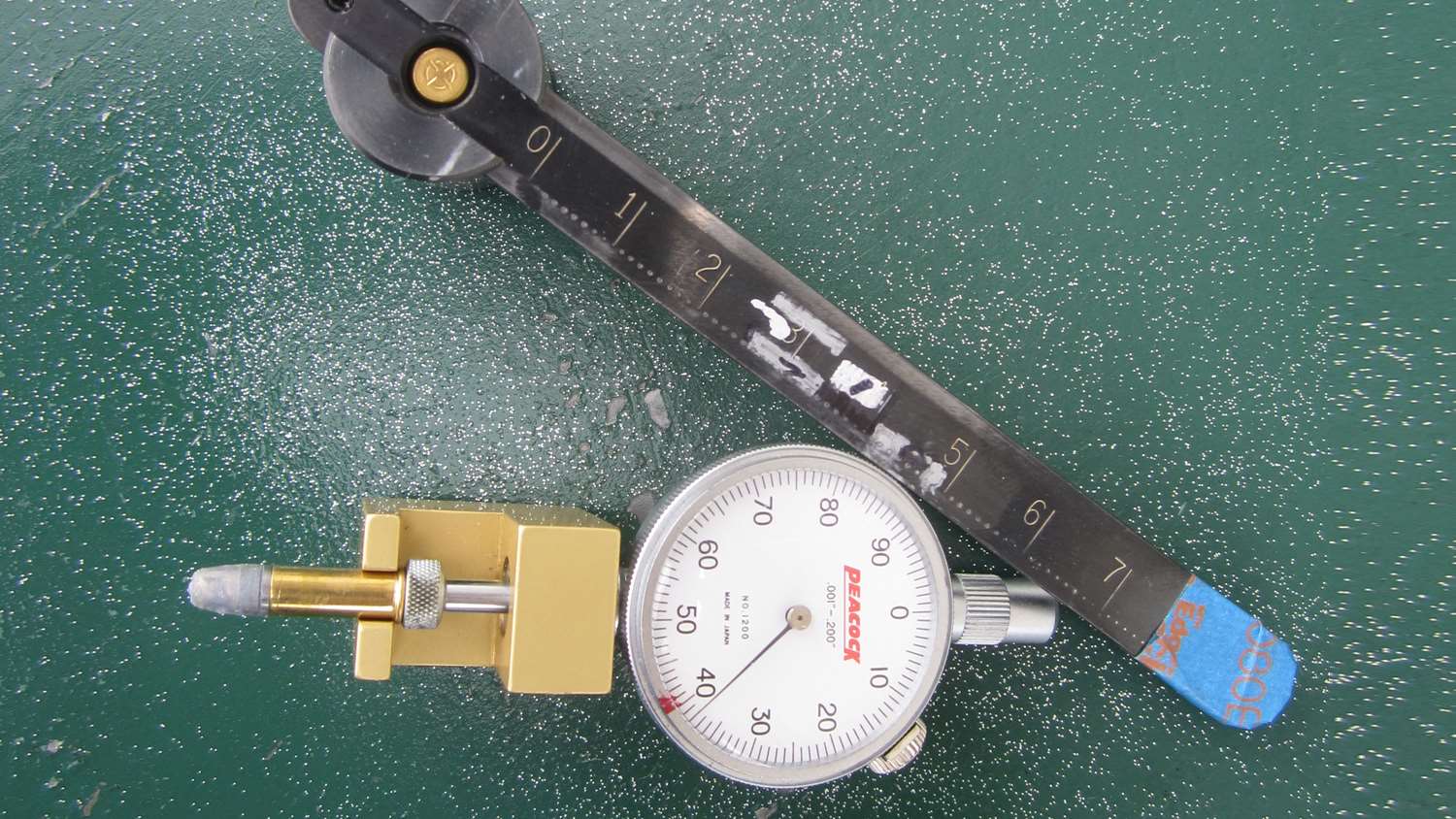
Does rim thickness really make a difference however? It was huge for my rifles. In fact, just a 1/1000-inch in my Remington mattered, like going from 0.041 rim to a 0.042. Personally I found my sporter rifle liked thicker rims, which corresponded to just a fraction under the actual headspace. You need not know your headspace, etc.—see which size rim gives you the best performance from a certain brand and batch of ammo.
Go out and buy some stuff, run it through a gauge, then test it. If you get a clear accuracy winner, buy a case of it or more, and sort it for bigger or more important matches. Remember, rimfires are sealed at the ignition end, and well crimped and lubed at the pointy end, so moisture can’t really affect the components inside like common centerfire. Kept at 45-85 degrees, rimfires have a very long shelf life in terms of years.
You will find that good match grade ammunition will not vary much in rim thickness within the same lot—which is part of the accuracy component you are paying for. Does this attention to detail matter? It did for me, and does for anyone who wants to perform at their best against others at the same level.
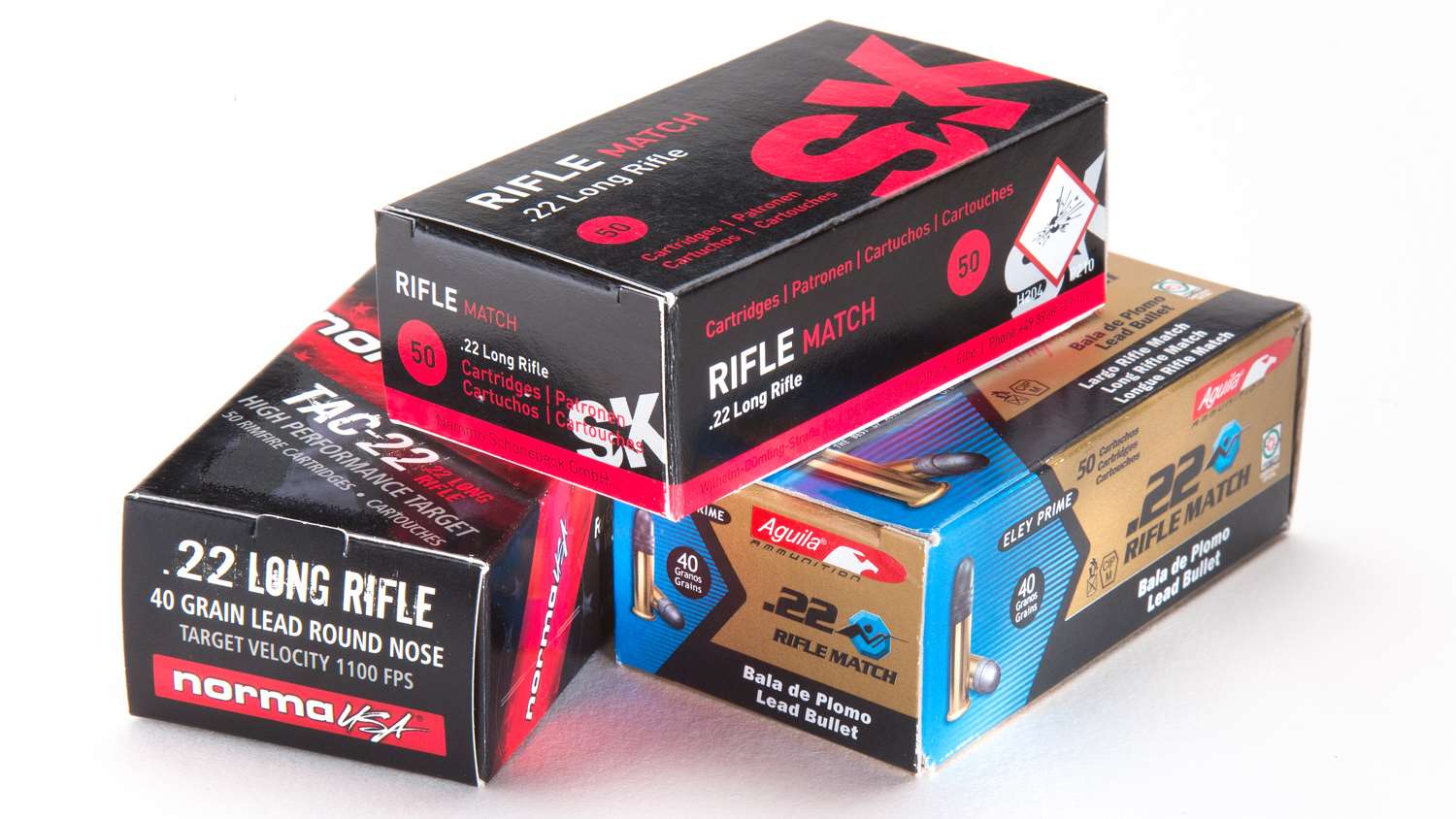
Some bullseye shooters in marksman and sharpshooter class, or B, A, AA in silhouette, may say they are not good enough to shoot the good stuff. To them, I say you still have to win your class/category, don’t you? If the other shooter is shooting good stuff, whether match, sorted, or both, and you're getting beat, ammunition may be the one detail setting you back.
Thus, if you can, use the better stuff for testing and sort the lesser stuff, find out what works best for you—then buy a ton of it. If you sort via rim thickness (headspace), the rejects are still good dirt killers, right?
Lapua Ammo Testing Center
The folks at Lapua set up a distribution center in Arizona years ago. Even better, in 2012 they set up a rimfire ammunition testing center that is available to everyone, not just Olympians. You can visit in person (appointment), or send your rifle in. For $50, they will run several types and various lot numbers of Lapua ammunition through your rifle, in their 100-meter high-tech tunnel, under tightly controlled conditions. This will establish the best recommendation of Lapua ammunition for your gun—typically they have a couple million rounds there.
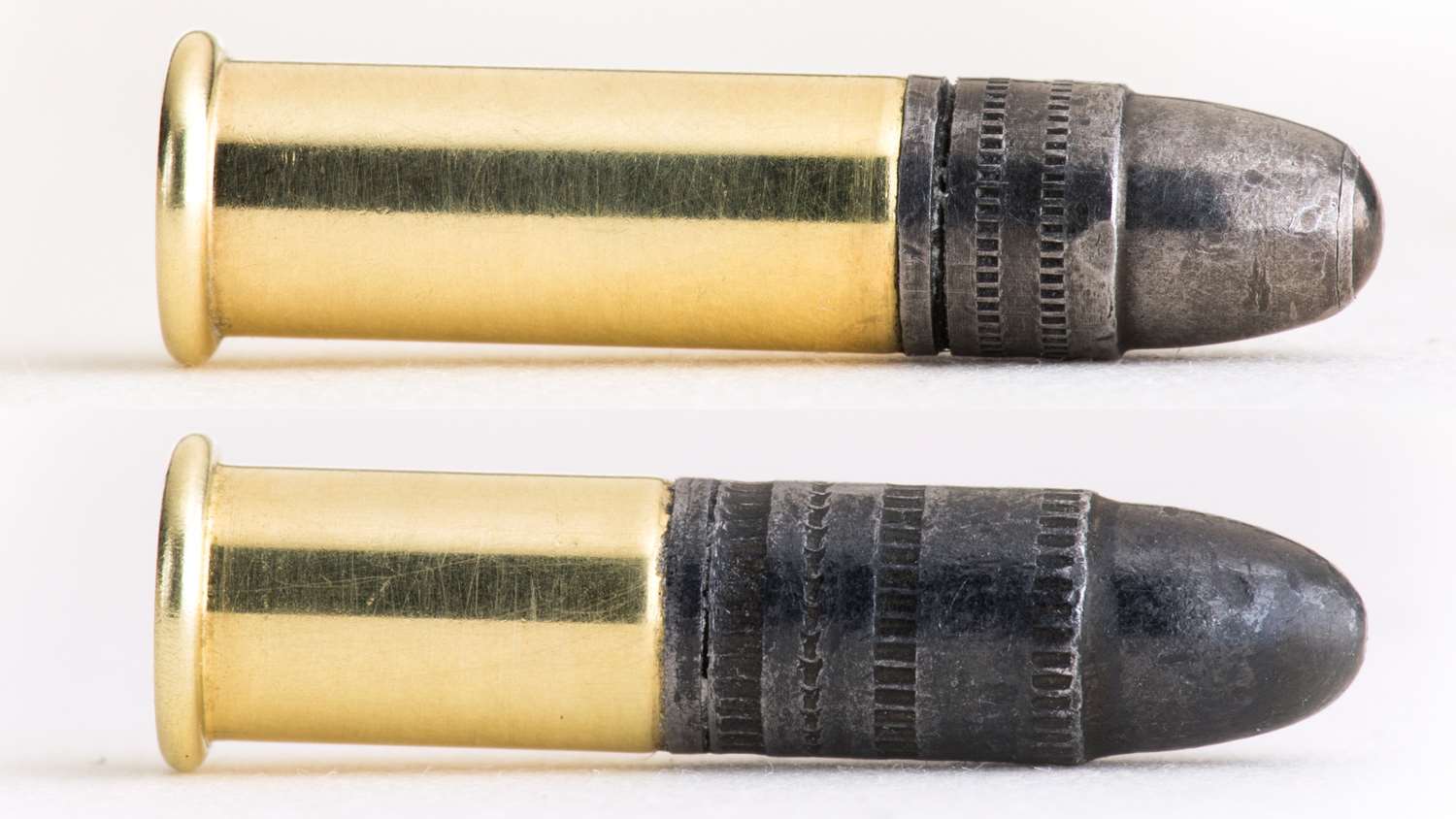
Depending on the rifle, the lower priced ammunition may well outshoot the higher end stuff—they test for accuracy, not for price or a particular round. They may even agree to test only the ammunition in your price range. The rifle is locked into a special firing fixture, and simultaneously tested at both 50 and 100 meters. I can guarantee you, the top smallbore shooters using Lapua in bullseye, including Olympians and silhouette champions, are doing this.
The testing staff is extremely knowledgeable, including some that are distinguished in both rifle and pistol. If you go in person you can watch the testing in the waiting room via closed circuit TV.
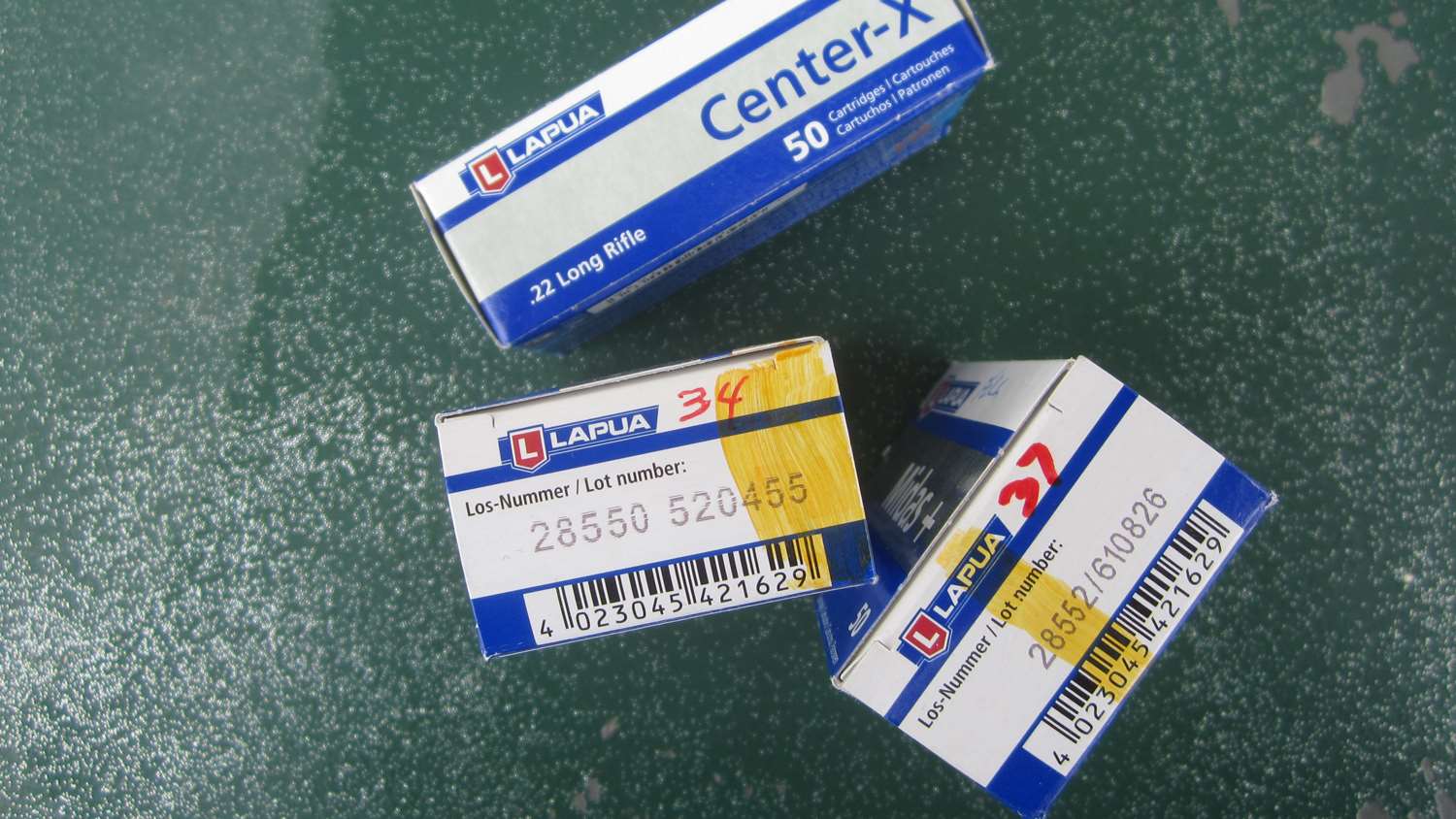
Once the best ammunition is determined, your rifle is returned, along with their recommendations. This is the time to buy, as once tested, you can pick what you want, or order it shipped from them. They are an official Lapua company, but operate under Nammo Tactical Ammunition Co. in Mesa, AZ.
Hopefully I have convinced some of you that serious people who want to be competitive treat the little .22 LR with the respect it deserves. This respect is needed if you want to improve your skills and win. Remember, if you wanna win, ya gotta work!

































